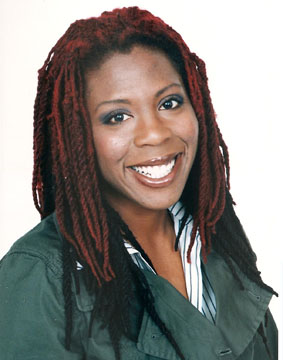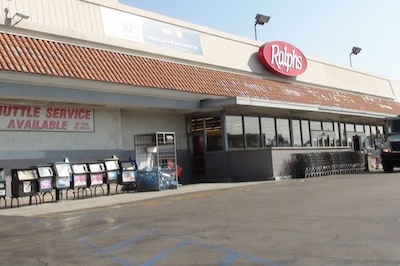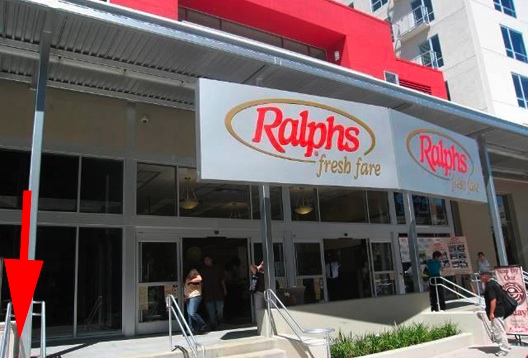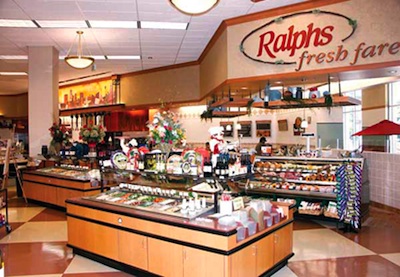With the Isley Brothers’ hit song “Who’s That Lady” playing softly in the background, if I had a dollar for every time someone Black said to me “who, that white lady?” or “who’s that white lady?” when referring to Los Angeles City Controller Wendy Greuel, I’d be rich.
Even though Greuel’s been in elected office since 2002 when she won a runoff election against then Assemblyman Tony Cardenas to represent Los Angeles’ 2nd District and has served as city controller since 2009—around most parts of South Los Angeles—she’s simply known as the “white lady” running for mayor. Which by all accounts, isn’t good for her campaign.









 Jasmyne Cannick
Jasmyne Cannick









